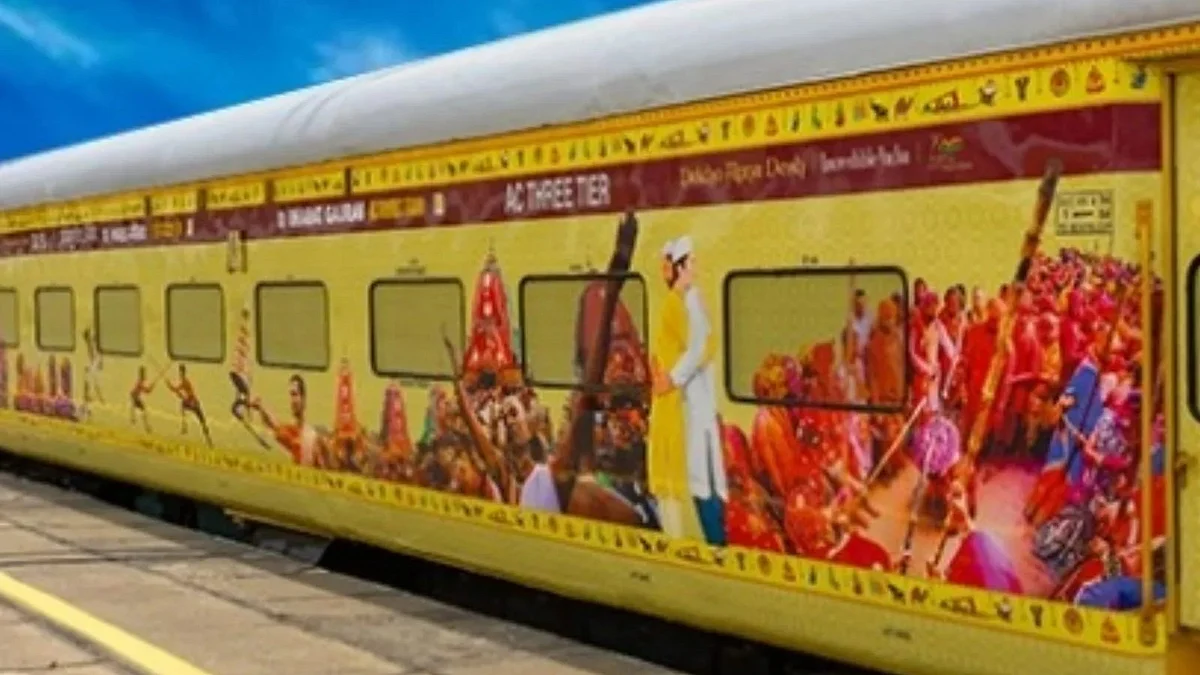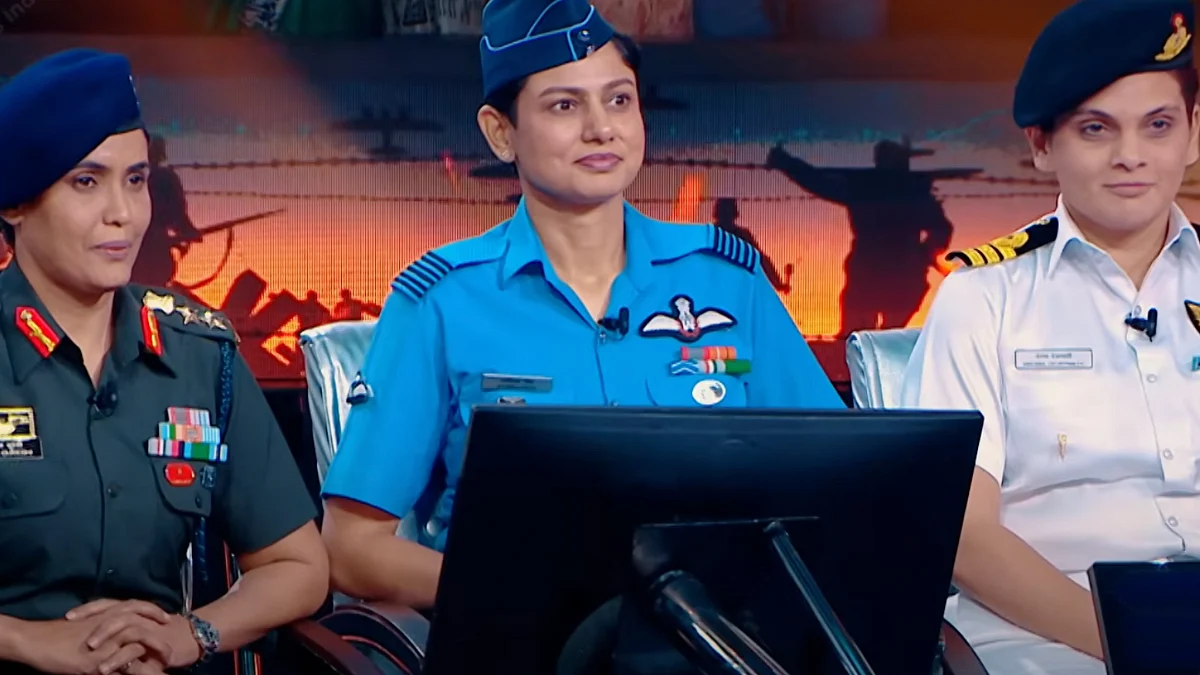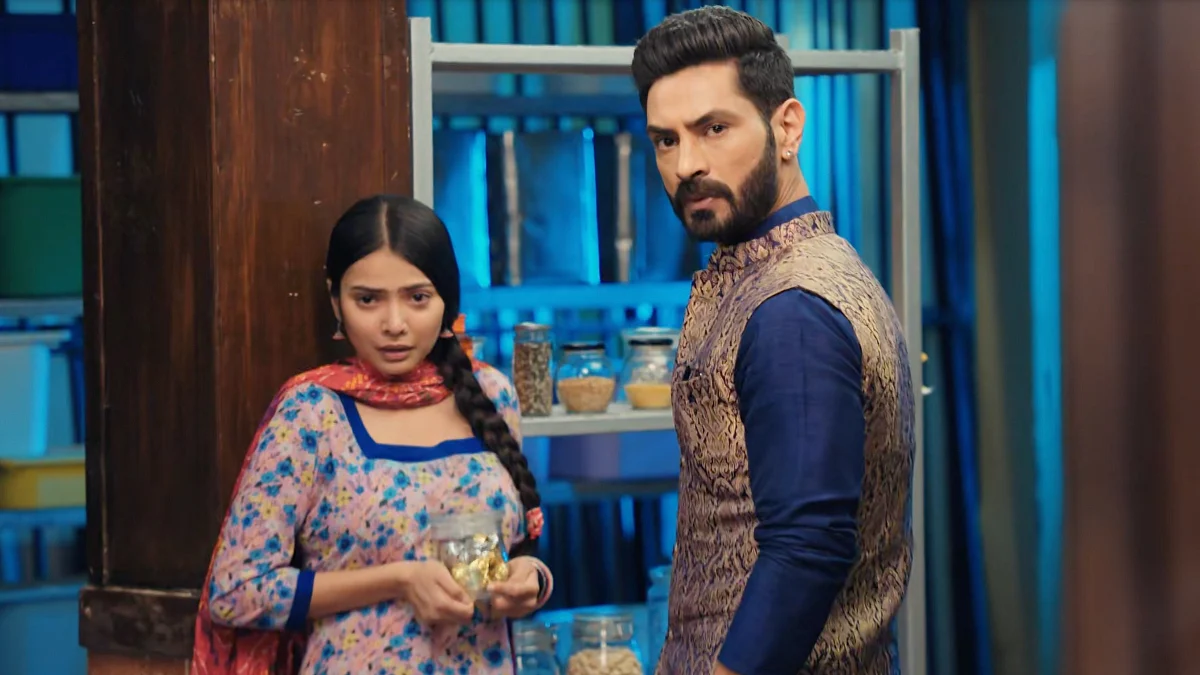Title: Naruto The Movie: Ninja Clash in the Land of Snow
Director: Tensai Okamura
Voice Cast: Junko Takeuchi, Yuko Kaida, Kazuhiko Inoue, Jun Karasawa, Tsutomu Isobe
Where: In theatres near you
Rating: 3 Stars
Released in Japan on August 21, 2004, Naruto the Movie: Ninja Clash in the Land of Snow is the first cinematic outing for Naruto and his companions—and even two decades on, it retains a certain ice-cold charm. Now, finally premiering in India today, it’s tempting to ask if nostalgia alone can make this old-school adventure feel fresh again
The plot is deceptively simple: Naruto, with companions Sasuke, Sakura, and their sardonic mentor Kakashi, escorts a prima donna actress through wintry terrain—who, of course, is secretly a princess. Swoosh—plot twist—ninja ambushes, chakra armour, crystal necklaces, ice genies, and the usual masked-ninja flair tumble into frame. Nothing here implies deep lore, and yet, somehow, it works. While it echoes early arcs, it doesn’t lean on baggage or sprawling callbacks—which proves both a gift and a curse.
On the plus side, the animation still pops. Movie-quality Rasengan (signature special attacks) spirals, frosty landscapes lit with drama, and visual flourishes preserve that early Naruto energy. The climactic Seven-Coloured Rasengan showdown is especially gratifying: it lands with punch and absurd flair.
That clarity is both boon and bane: battles feel purposeful, yet heroes beyond Naruto receive limited screentime. Kakashi’s cameo in the backstory is eyebrow-raising but ultimately inconsequential; Sakura and Sasuke shrink into supporting roles once central plot threads kick in.
Then there’s the core spine: Princess Yukie—aka Koyuki Fujikaze—is given decent narrative beats, though the surrounding cast of ice people remain two-dimensional. You root for her arc, but secondary ninjas flop into caricature territory. When sudden ‘magic gizmo’ plot devices appear, the film tips into fairy-tale cliché—something that feels conspicuously at odds with Naruto’s usually chakra-rooted universe.

The pacing is brisk—under 90 minutes—but that intensity comes at a cost. While Naruto takes centre stage on an ‘A-rank mission’, his companions—brooding Sasuke, bookish Sakura, and laid-back Kakashi—are mostly along for the ride. Their presence adds familiarity, but little demonstrative weight.
One could argue that the film’s filler identity is both its charm and its flaw: battles aplenty, character growth scarce. That trade-off may please younger audiences hungry for action, but those hoping for something more contemplative might find it shallow.

Indian audiences are encountering this over-20-year-old tale freshly—though in Hindi, the dubbing has drawn criticism for uneven pronunciation and awkward voice casting. Still, for a country where anime cinema is just gaining momentum, this release is a bold gamble—and likely to succeed.
On balance, this film is a crisp confection: lightweight, nostalgic, visually appealing, and buoyed by the early group dynamics that made the series popular. It doesn’t reinvent the wheel or plumb emotional depths, but it doesn’t pretend to. Instead, it delivers solid entertainment—and a nostalgic pulse—for casual fans and newcomers alike. Just don’t expect high-stakes drama or weighty arcs once you’ve hit the exit snow. Overall, if character nuance is your priority, you’ll be left wanting more.


.jpg)







